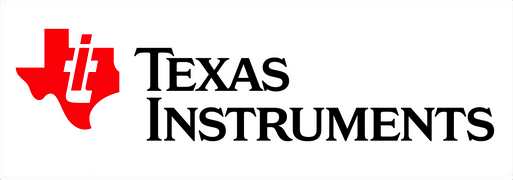Holographic Displays:
A true holographic display reqiores the computation and writing of a holographic pattern in the display medium that, when illuminated, would produce a full 3D image to the viewer. The required diffraction pattern can be calculated from mathematical descriptions of diffraction and knowledge of the content of the image. In general, to diffract visible light efficiently, the diffraction pattern must have features on the order of 400 nm to 700 nm in size, which requires the holographic pattern to be written to have a maximum resolution of about 0.5 µm. Advanced DMDs are composed of mirrors with dimensions of about 5 µm, and coupling properly designed projection optics to the DMD can produce a pattern of illumination with the required or close to the required 0.5 µm resolution. The DLP-system can direct the DMD to illuminate the display medium with the appropriate spatial variation in optical power to produce the desired diffraction pattern. The frame rate of current DLP systems is sufficient to produce moving images. The primary limitation of the method is the computational intensity required to calculate the diffraction pattern for any single image, which gets magnified when moving images are to be displayed.


